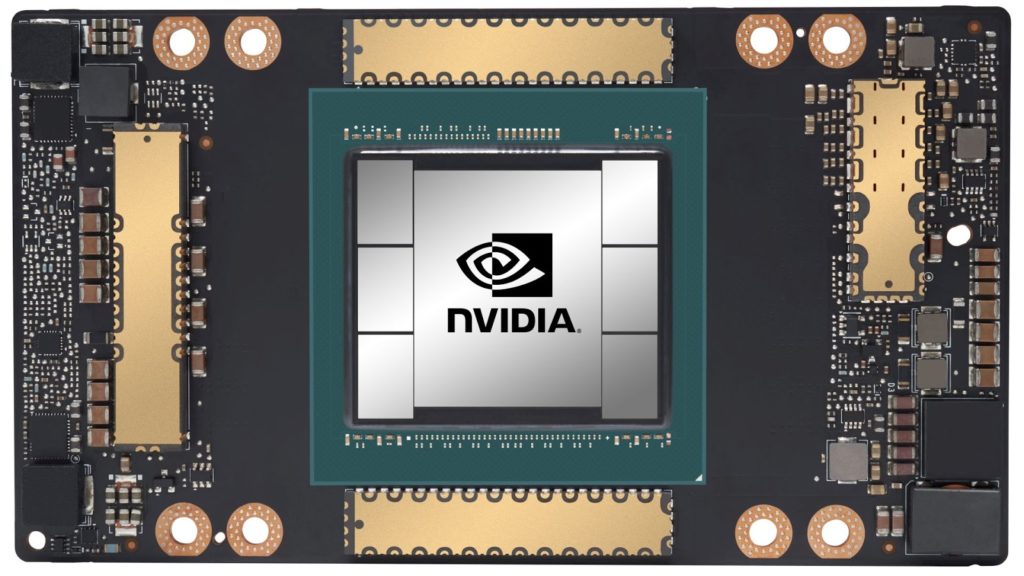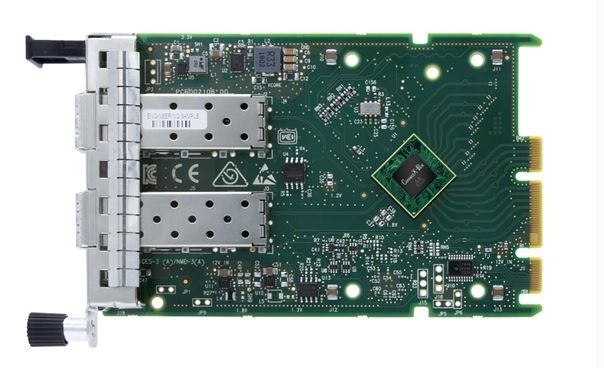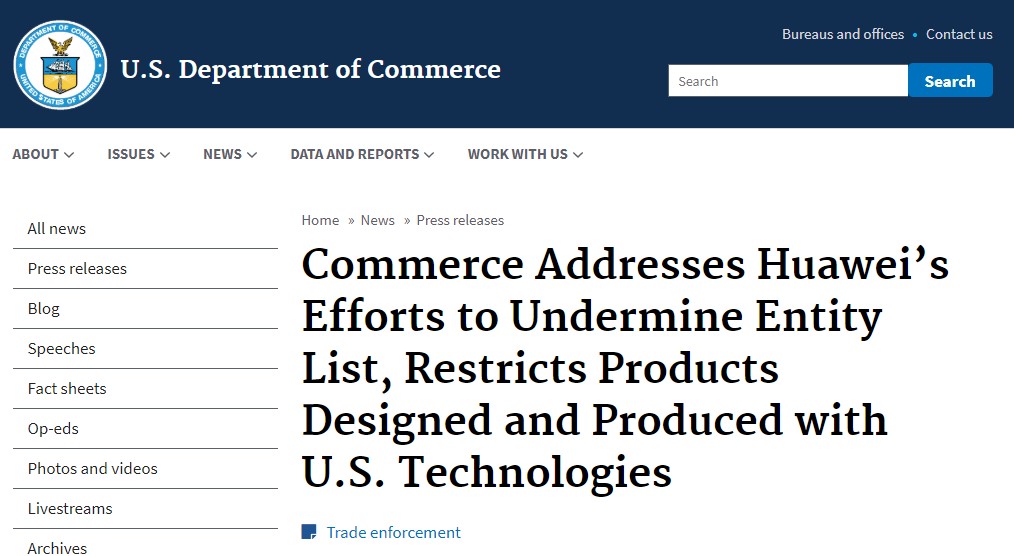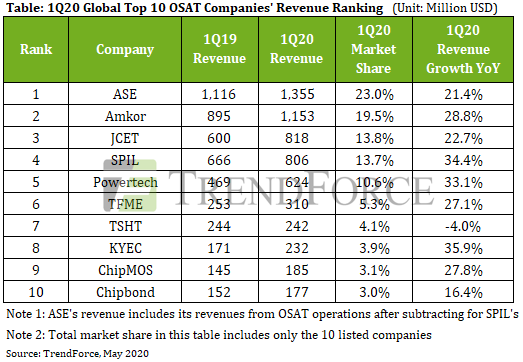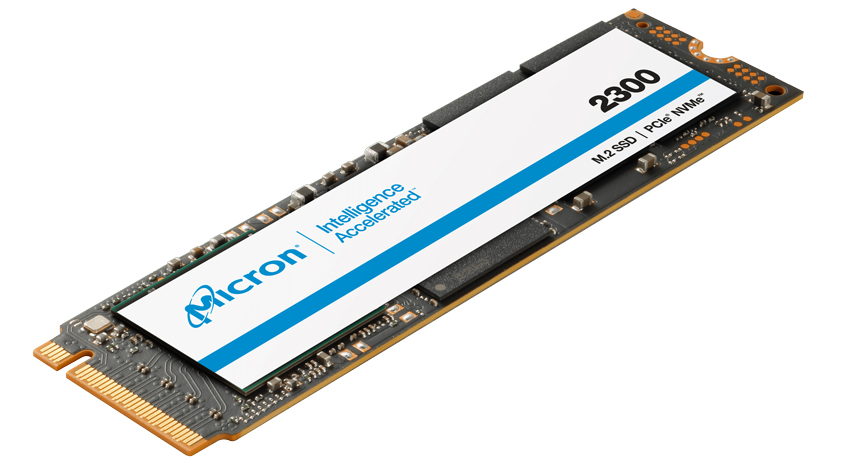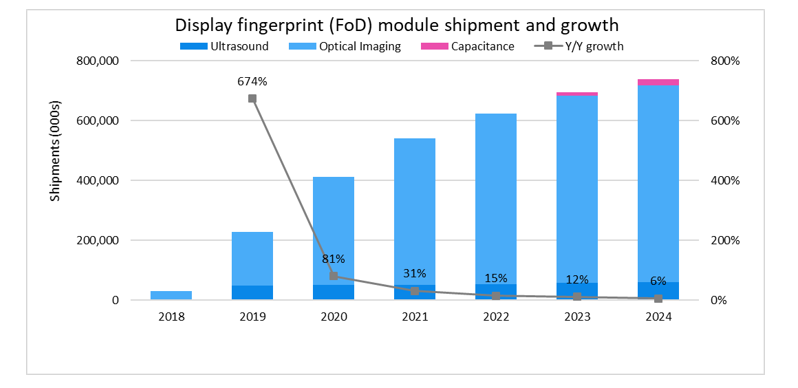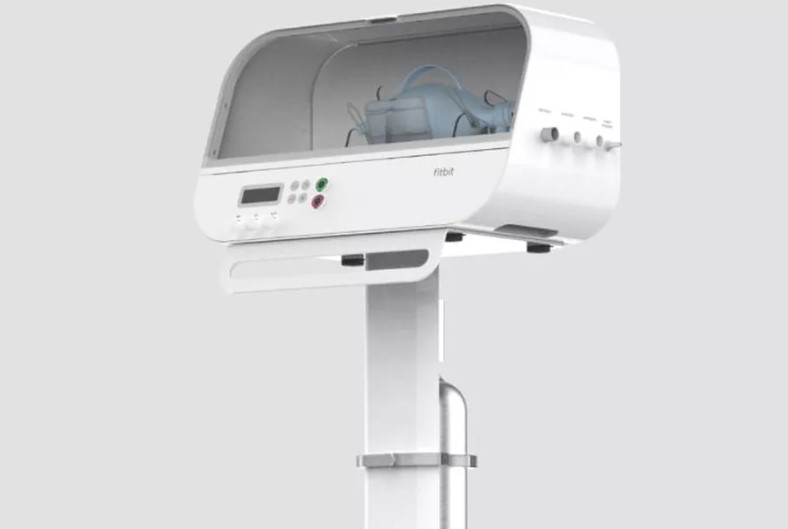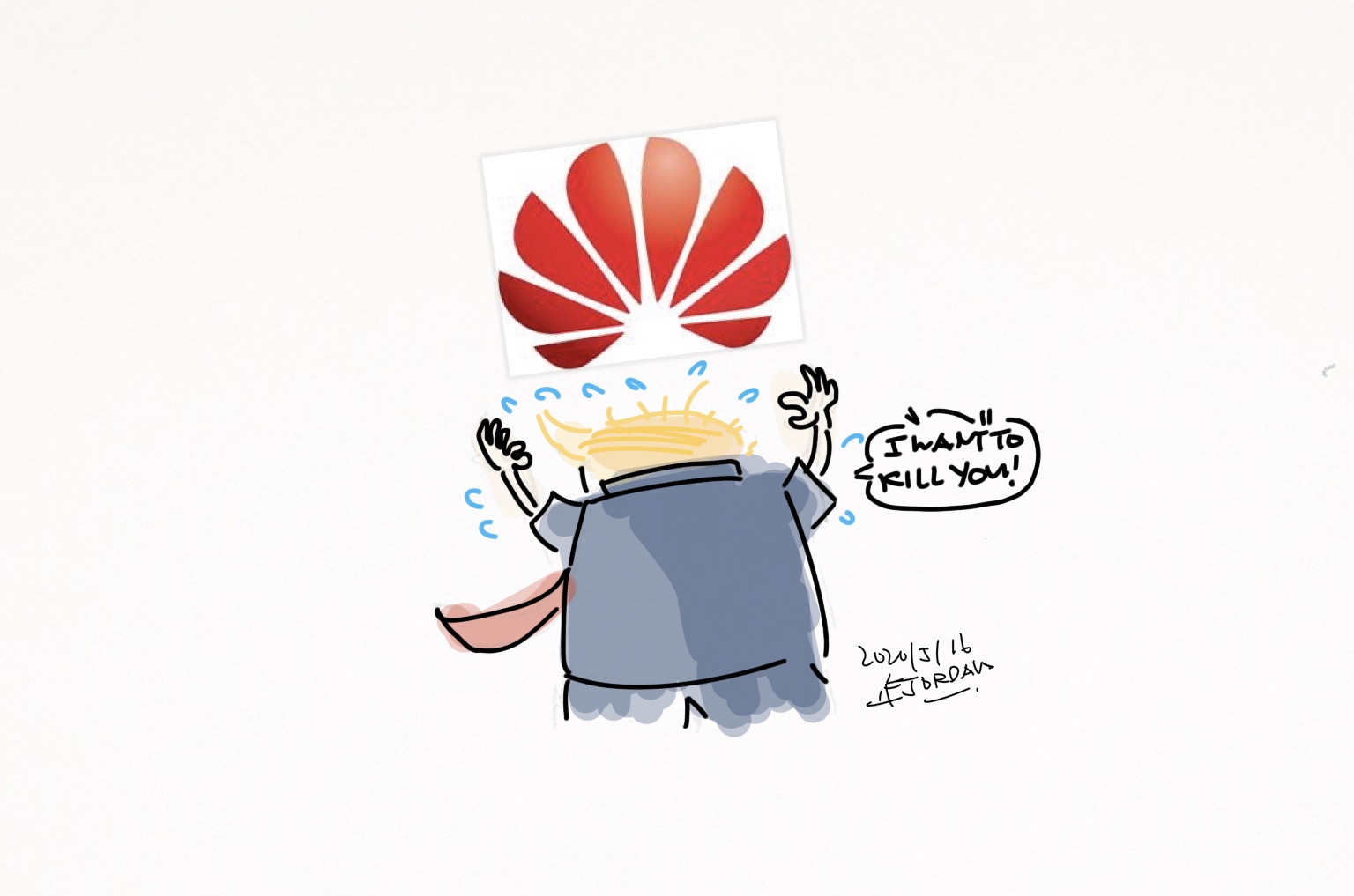
5-16 #StopIt: has announced plans to restrict Huawei’s ability to use U.S. technology and software to design and manufacture its semiconductors abroad; T-Mobile has said it plans to discontinue the Sprint brand in mid-summer 2020; etc.
Chipsets
NVIDIA has officially unveiled the Ampere architecture GPU, built with 7nm node, packs 54B transistors, featuring 20 times AI power and 5 big innovative technologies. The NVIDIA A100 Tensor Core GPU is based on the new NVIDIA Ampere GPU architecture. Fabricated on the TSMC 7nm N7 manufacturing process, the NVIDIA Ampere architecture-based GA100 GPU that powers A100 includes 54.2B transistors with a die size of 826 mm2. (CN Beta, CN Beta, NVIDIA, The Verge, TechRadar, AnandTech, WCCFTech, Tech Powerup)
In Apr 2020, NVIDIA has completed acquisition of Mellanox for USD7B. Now, NVIDIA has announced the first secure SmartNIC that is optimized for 25G, the NVIDIA Mellanox ConnectX-6 Lx SmartNIC. Designed to provide advanced network offloads to accelerate cloud and enterprise workloads, the new SmartNIC is highly secure and able to hit 25/50Gb/s speeds. (My Drivers, CN Beta, Storage Review, NVIDIA)
The Bureau of Industry and Security (BIS) has announced plans to protect U.S. national security by restricting Huawei’s ability to use U.S. technology and software to design and manufacture its semiconductors abroad. This announcement cuts off Huawei’s efforts to undermine U.S. export controls. BIS is amending its longstanding foreign-produced direct product rule and the Entity List to narrowly and strategically target Huawei’s acquisition of semiconductors that are the direct product of certain U.S. software and technology. (My Drivers, Commerce, EPS News)
U.S. export controls on Huawei have been upgraded, and any products containing U.S. technology and equipment that are exported to Huawei need to be authorized by a U.S. license. Although TSMC conforms to the U.S. announcement to build a plant in Arizona, it still has no privilege to export to Huawei. HiSilicon has allegedly placed a large order of USD700M (about CNY5B) to TSMC, but due to the sudden announcement of U.S., the wafers for this order may be too late to be launched. Otherwise, these chips can supply Huawei mobile phones for at least a quarter. (Laoyaoba, Yicai, Sohu)
According to TrendForce, owing to the gradual easing of the China-U.S. trade war and increased packaging and testing demand for 5G, AI chips, and smartphones, the global packaging and testing (OSAT, outsourced semiconductor assembly and test) industry was able to sustain the upward trend of its quarterly revenue in 1Q20. The global top 10 OSAT companies’ revenues combined for USD5.903B in 1Q20, a 25.3% increase YoY. However, as the demand of end devices came to a screeching halt because of the COVID-19 pandemic, the OSAT industry may potentially start to decline in 2H20. (Laoyaoba, TrendForce, TrendForce, press)
Memory
Micron Technology has announced new client solid-state drives (SSD), namely Micron 2300 SSD and Micron 2210 QLC SSD that bring NVMe performance to client computing applications, freeing laptops, workstations and other portables from legacy architectures that can rob devices of battery power, performance and productivity. (Digitimes, Micron, Storage Review, China Times)
Micron Technology has gradually scaled up production of DDR4 DRAM chips built using 1z-nm process technology at its factory site in central Taiwan. Micron is likely banking on increased experience on the 1z-nm nodes to launch its early DDR5 products, which will exclusively use that manufacturing technology. Manufacturing increases are being reported to be mostly related to 16 Gb DRAM modules (for the desktop and laptop spaces). (My Drivers, Tech Powerup, Sohu, Digitimes)
Biometrics
According to Omdia, global shipments of fingerprint-on-display (FoD) sensors expanded by nearly a factor of eight in 2019 as these devices increasingly replace conventional silicon-based capacitive chips in smartphones. A total of 228.3M FoD sensors were shipped in 2019, up 674% from 29.5M in 2018. With FoD sensors having reached the sweet spot for market pricing, FoD shipments are expected to continue rising at a tremendous rate in 2020, expanding to more than 400M units. (Omdia, Digitimes, press)
Connectivity
After finalizing a long and drawn-out merger process in Apr 2020, T-Mobile has said it plans to discontinue the Sprint brand in mid-summer 2020 as it unifies the two companies’ enterprise and consumer segments. (CN Beta, The Verge, Fierce Wireless, T-Mobile)
Phone
Facebook has confirmed that it is acquiring popular GIF website GIPHY to the tune of USD400M. GIPHY is one of the most popular GIF websites on the internet, allowing users to create, share and customize GIFs across a broad range of platforms. (GSM Arena, Facebook, Apple Insider, CN Beta)
Samsung Galaxy A21s is official in Europe – 6.5” 720×1600 HD+ Super AMOLED HiD, Samsung Exynos 850, rear quad 48MP-8MP ultrawide-2MP macro-2MP depth + front 13MP, 3~6 + 32~64GB, Android 10.0, rear fingerprint scanner, 5000mAh 15W, from EUR200 / GBP179. (Android Headlines, Samsung, GSM Arena, Phone Arena, Gizmo China)
Huawei P40 Lite 5G is official in Europe – 6.5” 1080×2400 FHD+ IPS HiD, HiSilicon Kirin 820, rear quad 64MP-8MP ultrawide-2MP macro-2MP depth + front 16MP, 6+128GB, Android 10.0, side fingerprint scanner, 4000mAh 40W, 5W reverse charging, EUR400. (GSM Arena, GizChina)
PC Tablet
TF Securities analyst Ming-Chi Kuo predicts that Apple will launch the new 10.8” iPad and 8.5”–9” iPad mini models in 2H20 and 1H21, respectively. General Interface Solution (GIS) will be the main touch panel supplier. The two new iPad models will follow iPhone SE’s product strategy, and selling points will be the affordable price tag and the adoption of fast chips. (TF Securities, GSM Arena)
Wearables
Fitbit CEO James Park has indicated that the company will be shifting supply chain resources to make emergency ventilators. Fitbit plans to submit the designs for its ventilator to the Food and Drug Administration under an emergency use authorization. (The Verge, CNBC, CN Beta)
Virtual / Augmented Reality
Apple has confirmed that the company has acquired virtual reality (VR) company NextVR. The acquisition may cost Apple approximately USD100M. NextVR used to broadcast both live and recorded streams in VR for sports, music and entertainment events. (Neowin, CNBC, Sina)
According to TF Securities analyst Ming-Chi Kuo, Apple’s long-rumored augmented reality (AR) or mixed reality (MR) glasses to be launched in 2022. GIS will be the exclusive or major lens fitting supplier. He has added that the lamination costs for the so-called “Apple Glasses” are likely to be high, since the device would require multiple layers of lamination to “create (an) innovative MR/AR user experience”. (TF Securities, Mac Rumors, Business Insider)
Fintech
UnionPay and Huawei have entered into a strategic cooperation agreement. The parties expected to join hands in developing innovative fintech payment, cloud computing, big data, AI and other fields, in order to boost their payment service efficiency, fintech level and user experience. (CN Beta, AA Stock)
The India government’s new rules could cause trouble for the fintech plans of Xiaomi and OPPO. Xiaomi launched Mi Credit Service in Dec 2019. OPPO launched OPPO Kash in Mar 2020. They have partnered with Indian financial companies to provide the funds for services offered on their platforms as they cannot directly lend to consumers without a shadow banking license in India. To improve the margins, the companies are keen to establish their own non-banking financial company (NBFC). The license may be very difficult to obtain given that the Indian government has made changes in the FDI (Foreign Direct Investment) rule adding an extra layer in the already slow and difficult approval process. (Gizmo China, NY Times, 36Kr)
